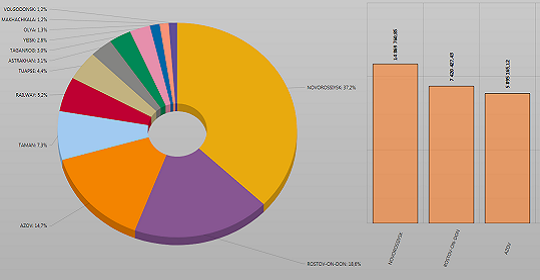Since yesterday, China has introduced restrictions, with the introduction of which only containers can cross land borders.
According to a message spread by Russian Railways LLC, China has closed land borders in the following directions since December 1:
Zabaikalsk — Manchuria.
Grodekovo — Suifenhe.
Zamyn-Uud — Erlian.
The last direction is the Mongolian-Chinese border, through which Russian cargo also actively passes.
The officially announced reason for the new restrictions is sanitary measures. At the same time, the timing of the resumption of the message has not yet been reported.
What could the closure of borders lead to?
Experts are worried that this will cause additional congestion and traffic jams. It is worth noting that border crossings could hardly cope with the load even before closing.
Even more worrisome is the fact that cargo deployed at land borders may go to Far Eastern seaports , where there are already significant delays in their loading and unloading, measured in weeks.
In addition, Russian Railways reported that up to 6.2 thousand cars , which are already on the way, may be under the restrictions introduced from today .
In Russian Railways they say that they will help clients with the redirection of these goods, but it is already clear that the solution to this large-scale problem will not be easy.
Exporters of timber, coal and metal are the most worried about.
At least 20% of Russian exports to the east go through the border crossings listed above, so the closure could hit these industries hard.
As for the forest, in 2020 6.13 million tons of forest were sent through Zabaikalsk, and 3.96 million tons through Grodekovo. In total, this is about 8 million cubic meters of sawn timber — almost 25% of the total export volume.
It will be difficult to find workarounds so that the Russian forest in such a volume would cross the border with China in some other place. Therefore, the forestry industry may be the most affected by the restrictions if the crossings are not opened in the very near future.
Most likely, the closure of borders is not directly related to the emergence of a new strain of the omicron coronavirus.
However, if it begins to actively spread, then the likelihood that land border crossings will open in the near future will be low.

